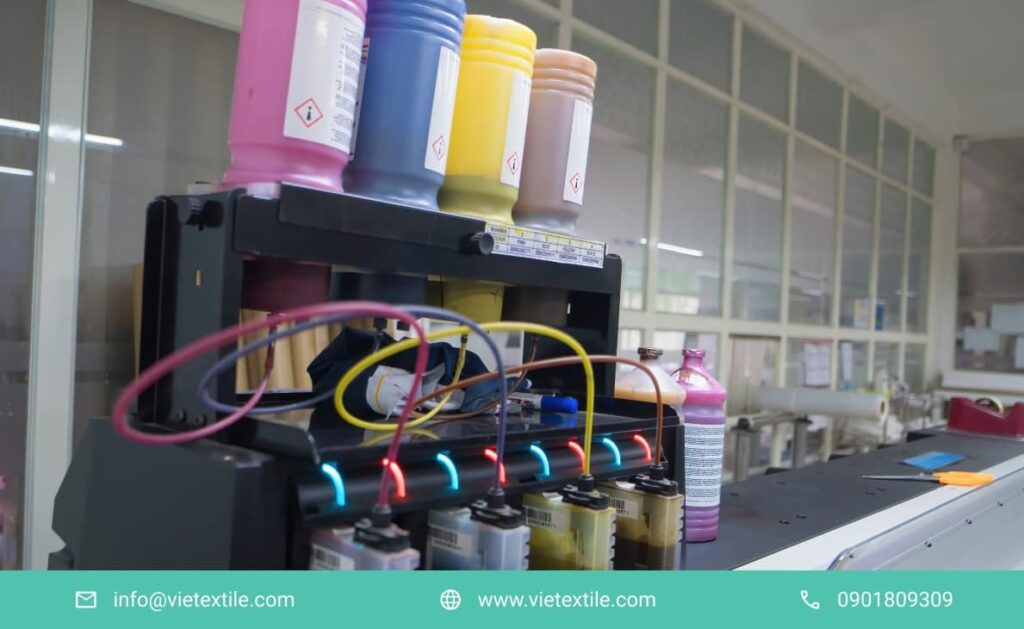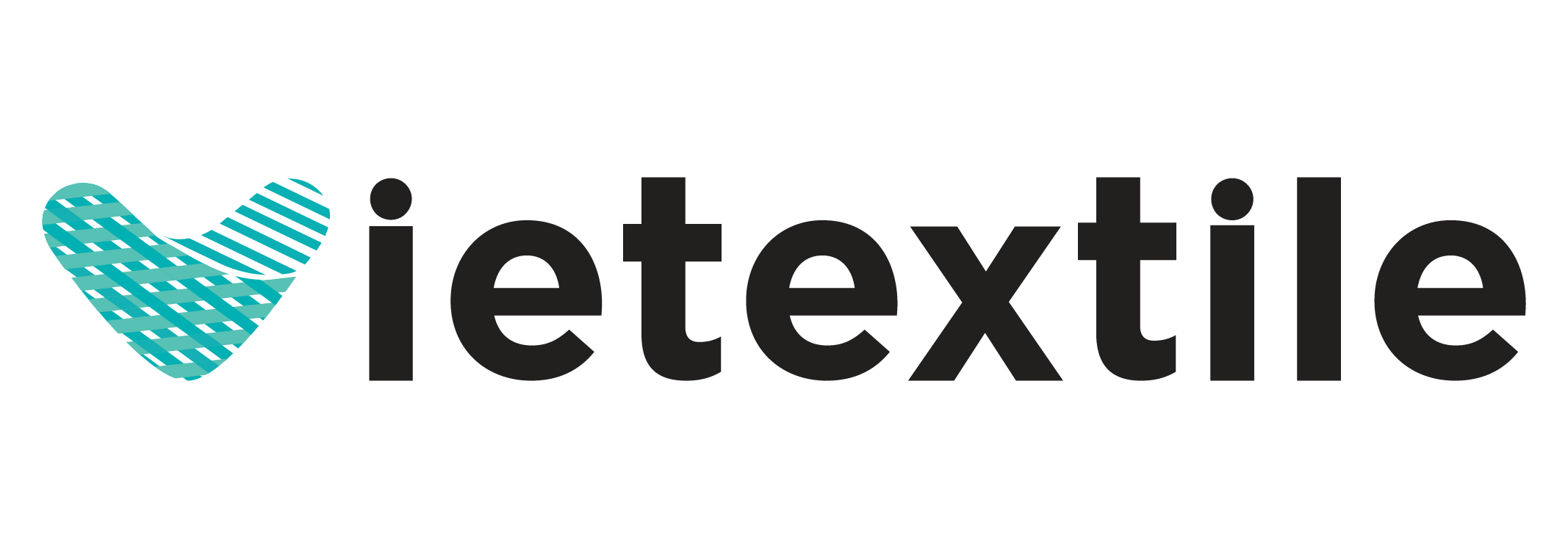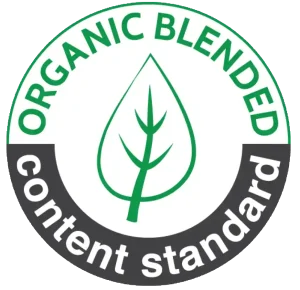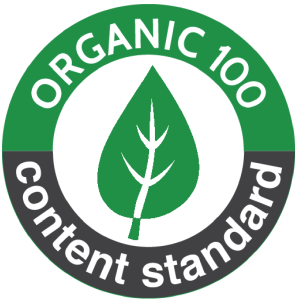Polyester fabric (Poly) is a synthetic polymer (polyethylene terephthalate – PET) that absolutely dominates digital textile applications, from fast fashion and high-performance sportswear to interior decor and outdoor advertising materials. The thermoplastic and hydrophobic nature of Polyester is the foundation for the development of Sublimation Ink heat transfer printing technology.
However, the surge in Direct-to-Fabric (DTF) Digital Printing technology and versatile printing machines has positioned Pigment Ink as a formidable competitor, challenging the monopoly of Sublimation Ink. Understanding the chemical, physical, and economic mechanisms of each ink type is the key for manufacturers to optimize their process, achieve the desired output quality, and ensure sustainability in the supply chain.
The goal of this document is to provide a comprehensive technical analysis, going beyond conventional surface comparisons, to clarify the true advantages and disadvantages of these two ink systems when applied to Polyester fabric.

1. In-Depth Analysis of Sublimation Ink
Nội dung tóm tắt
ToggleSublimation Ink is not just an ink type, but a specialized digital dyeing process that fully exploits the thermoplastic characteristics of Polyester fibers.
1.1. Chemical Structure of Disperse Dyes
Sublimation Ink uses nano-sized Disperse Dye particles. These are non-ionized, water-insoluble color molecules suspended in a water-based solvent (primarily glycols and surfactants).
Properties: These dye molecules have a low molecular weight (typically below 400 g/mol) and lack hydrophilic groups, allowing them to easily change state and diffuse into the hydrophobic polymer.
Bonding Mechanism: The Core is Sublimation:
- Glass Transition Temperature (Tg): When the pressing temperature reaches 180°C – 210°C, the Polyester fiber surpasses its glass transition point (Tg is around 80°C), causing the polymer structure to expand and become more mobile (akin to “opening the door”).
- Diffusion: The Sublimation dye turns into gas (sublimates) and is driven into the spaces between the polymer chains.
- Lock-In: As the temperature drops, the polymer structure “closes,” trapping the color molecules permanently inside the fiber.
- Advantage: This bond is inherent and internal, not a surface coating, ensuring absolute wash fastness and the natural softness of the fabric.
1.2. Back Sublimation Control and Heat Management
A major technical challenge with Sublimation Ink is controlling Back Sublimation, also known as Dye Migration.
Phenomenon: The disperse dyes already fixed inside the Polyester fiber can be reactivated (sublimate) when exposed to high heat a second time (e.g., during ironing, tumble drying, or even second-layer heat pressing). Practical Application: This is why dark-colored Polyester fabrics (e.g., black, navy) can “discharge” their own dye onto white details printed with Sublimation Ink, leading to staining or “ghosting.”
Solution:
- Use High-Tack Transfer Paper to secure the fabric and prevent sublimation/paper slippage during the pressing process.
- Optimize Pressing Time and Temperature: Use lower temperatures and longer pressing times (Low Temperature, Long Time) to achieve optimal sublimation without overheating the polymer.
1.3. Color Performance and Standard Durability
The performance of Sublimation Ink is evaluated based on international standards:
| Technical Standard | Test Method | Sublimation on Poly (Rating) | Notes |
| Wash Fastness (AATCC 61 – 2A) | Multiple washes at 49°C | 4.5 – 5.0 (Highest) | Measures color loss and staining onto adjacent fabric. |
| Dry Crocking Fastness (AATCC 8) | Rubbing dry white fabric onto the sample | 4.0 – 5.0 | Critical for sportswear and footwear. |
| Light Fastness (AATCC 16) | Exposure under Xenon lamp | 4.0 – 6.0 | Good, but lower than Pigment Ink/UV if fluorescent colors are used. |
| Color Depth (K/S Value) | Measured color density via spectrophotometer | Very High | Color is viewed through the fiber, giving an impressive 3D effect and color depth. |
2. In-Depth Analysis of Pigment Ink
Pigment Ink is the most versatile coating technology in digital textile printing, creating a color film on the fabric surface via mechanical and secondary chemical bonding mechanisms.
2.1. Film Layer Structure: Pigment Particles and Binder Polymer
Pigment Ink is a complex mixture of:
- Pigment Particle: Inorganic or organic color particles, nano-sized (typically 100 – 300 nm), highly stable under light (excellent for outdoor applications).
- Dispersant: Surfactants to keep the pigment particles from clumping (agglomeration) and maintain colloidal stability in the solvent.
- Binder Polymer: The most crucial component, often Acrylic, Polyurethane, or hybrid mixtures. This polymer’s job is to create a cross-linking film layer that encapsulates the color particles and tightly adheres them to the fabric fibers.
2.2. The Critical Role of Pre-treatment Chemical
For Pigment Ink to work effectively on Polyester (and especially Cotton or blends), a Pre-treatment Chemical layer is required:
Purpose:
- Improve Adhesion: Enhance the interaction between the Pigment Ink‘s Binder Polymer and the hydrophobic surface of the Polyester fiber, ensuring high wash fastness.
- Control Spreading (Wicking/Bleeding): Prevent the liquid ink from spreading uncontrollably on the fabric surface, thereby increasing image sharpness (Resolution).
- Color Enhancement (Gamut): Provide a uniform reflective surface and reduce unwanted light absorption by the fabric.
Basic Composition: Often a mixture of specialized polymers, surfactants, and inorganic salts (such as calcium or magnesium salts) to react with the Binder, promoting cross-linking.
2.3. Curing Process and Cross-Linking
After printing, Polyester fabric printed with Pigment Ink must undergo a mandatory thermal curing process to activate the Binder:
- Mechanism: Heat (160°C – 170°C) evaporates the water-based solvent and triggers the cross-linking reaction of the polymer. The polymer transforms into a durable matrix, fixing the color particles.
- Consequence for Hand-Feel: This polymer film layer is the main cause of the reduced softness (Hand-feel reduction) and change in breathability of Polyester fabric printed with Pigment Ink, especially when printing large solid color areas.
- Failure Analysis: If Curing is insufficient in terms of temperature or time, the cross-linking will not complete, leading to Crocking (color loss due to friction) and Wash-out (color loss during washing) errors.
3. Analysis of Equipment and Operational Procedures

The two ink technologies require completely different equipment setups and procedures.
3.1. Comparison of Printing Equipment and Printheads
| Equipment | Sublimation Ink | Pigment Ink |
| Printhead | Requires Piezo-electric printheads (Epson PrecisionCore, Kyocera, StarFire). | Similar, mainly Piezo, but must be capable of handling ink with higher viscosity and solid content. |
| Ink System | Requires a simple anti-clogging system, low circulation requirement. | Mandatory White Ink Circulation System to prevent Titanium Dioxide (TiO2) settling. |
| Pressing/Drying | Flatbed Heat Press or Large Rotary Calender for heat transfer. | Curing Oven or Flatbed/Rotary Heat Press for Curing; requires humidity control. |
| Consumables | Transfer Paper is mandatory. | Pre-treatment Chemical is mandatory for high quality. |
3.2. Operational and Line Efficiency Aspects
Sublimation Ink (2-step Process):
- Advantages: Easy to check printing errors (inspecting the paper before pressing), less fabric waste, printing and pressing processes can run in parallel (Paralleled Production).
- Disadvantages: Overall speed is limited by the speed of the heat press (often slower than the printing speed), requires large storage space for printed paper and waste paper.
Pigment Ink (1-step Process – DTF):
- Advantages: Faster speed (direct-to-fabric printing), reduced paper consumable costs, easily integrated into the fabric Finishing Line.
- Disadvantages: Errors must be handled directly on the fabric (leading to fabric waste), requires a curing system with absolute synchronization and precision in terms of temperature and time.
4. Error Analysis and Troubleshooting
Understanding common errors helps manufacturers optimize TCO (Total Cost of Ownership).
4.1. Common Sublimation Ink Errors
| Technical Error | Root Cause | Remedial Action |
| Ghosting | Transfer paper slightly slipping against the fabric during heat pressing or when lifting the press. | Use Tacky Paper (with slight adhesion) or a press with a vacuum system. |
| Striking (Detail Loss) | Temperature or pressure is too low, insufficient for the dye molecules to fully sublimate and diffuse. | Slightly increase pressing temperature/time, ensure uniform pressure across the entire surface. |
| Moiré (Striping) | Occurs when the transfer paper’s halftone frequency interferes with the fabric’s weave density (especially mesh fabrics). | Change the dot pattern angle in the RIP software. |
| Fading/Washing Out | Polyester blend has low Poly content; ink only bonds with the Poly part, while the Cotton part washes out. | Only use Sublimation Ink on Poly > 60% or use hybrid technology. |
4.2. Common Pigment Ink Errors
| Technical Error | Root Cause | Remedial Action |
| Crocking | Insufficient Curing (Binder not fully cross-linked) or inadequate Pre-treatment Chemical layer. | Increase Curing temperature and/or time; Increase Pre-treatment Chemical content. |
| Harsh Hand-Feel | Too much Binder Polymer (film coating is too thick) or low-quality Binder Polymer used. | Reduce the Ink Limit in the RIP software; Switch to a more flexible Binder (e.g., Polyurethane). |
| Nozzle Clogging | High solid content, pigment particles settling, or fast-drying ink. | Mandatory use of a circulation system, frequent printhead cleaning, control of printing room humidity. |
| Dry/Wet Rubbing | Uneven Pre-treatment Chemical layer, leading to weak Binder adhesion in those areas. | Ensure the Pre-treatment Chemical layer is sprayed uniformly and completely dry before printing. |
5. Nano Analysis and Advanced Techniques
Both ink types rely on nanotechnology to ensure inkjet performance.
5.1. Particle Size Management
- Sublimation Ink: Particle size must be small enough (below 100 nm) to ensure: a) Easy sublimation: Smaller dye molecules diffuse faster. b) High stability: Reduced settling and increased ink shelf life.
- Pigment Ink: Particle size is larger (typically 100 – 300 nm). The stability of Pigment Ink is more complex than Sublimation Ink because color particles tend to aggregate.
- Microencapsulation Technology: Some high-end Pigment Ink uses microencapsulation technology, where the pigment particle is wrapped in a thin polymer layer before dispersion. This helps improve wash and rub fastness while reducing unwanted chemical interactions.
5.2. Hybrid Inks and DTF (Direct-to-Film) Solutions
The emergence of DTF and hybrid ink solutions has blurred the lines:
- DTF: Printing Pigment Ink (with a layer of hot-melt adhesive powder) onto a specialized PET film, then heat-pressing onto the fabric. DTF can print on all materials (including Polyester) and offers high rub fastness, but the Hand-feel of the film layer is inferior to Sublimation Ink.
- Hybrid Pigment Ink: Ink manufacturers are developing Pigment Ink Binders capable of Curing at lower temperatures and creating a thinner film layer, improving Hand-feel to compete with Sublimation Ink on Polyester.
6. Economic and Sustainability Analysis

The choice of printing technology significantly impacts the operating costs and environmental footprint of the business.
6.1. Total Cost of Ownership (TCO) Analysis
| Cost Factor | Sublimation Ink | Pigment Ink (DTG/DTF) |
| Ink Cost | Lower per liter. | Higher (especially expensive TiO2 white ink). |
| Ancillary Consumable Cost | High: Transfer Paper is mandatory. | High: Pre-treatment Chemical or DTF Film and Adhesive Powder. |
| Energy Cost | High: Requires very high temperatures (180°C – 210°C) for an extended period for sublimation. | Lower: Curing at lower temperatures (160°C – 170°C). |
| Labor Cost | Higher due to the 2-step process (Printing and Pressing). | Lower due to the 1-step process (Direct printing). |
| Ink Stability (Storage) | Very stable, long shelf life. | Less stable, prone to settling, requires ink circulation. |
TCO Conclusion: Sublimation Ink has higher ancillary material costs (paper), but Pigment Ink has higher equipment investment costs (circulation system, Pre-treatment Chemical machine) and more expensive ink costs. For high-volume production, Sublimation Ink often has a cost advantage on 100% Poly.
6.2. Environmental and Sustainability Assessment
Sublimation Ink is considered one of the most eco-friendly printing technologies available today, especially on Polyester.
Sublimation Ink (Water-Free):
- Advantage: The entire process is a Dry Process. It uses no water and discharges no industrial wastewater containing chemicals/dyes, eliminating the need for post-printing washing.
- Disadvantage: Large volume of Waste Paper after heat transfer.
Pigment Ink (Challenging Curing):
- Advantage: Water-based ink, contains no harmful solvents (Azo dyes, Phthalates).
- Disadvantage: The Pre-treatment Chemical may contain chemicals that need careful management. The Curing process requires strict energy control.
Sustainability Optimization: Sublimation Ink manufacturers are switching to paper made from recycled materials and inks with eco-certifications (Eco-Passport). Pigment Ink is optimizing its Binder to minimize the need for Pre-treatment Chemical.
7. Strategic Conclusion and Recommendations
The choice between Sublimation Ink and Pigment Ink on Polyester fabric must be based on a deep understanding of the product quality goals and business model.
7.1. Optimal Selection Recommendation
| Product Application | Polyester Fabric Material | Optimal Recommendation | Technical Reason |
| High-End Sportswear (Activewear) | 100% Polyester Spandex, Microfiber | Sublimation Ink | Requires extremely soft Hand-feel, breathability, and maximum wash fastness. |
| Protective Clothing, Uniforms | Polyester-Cotton Blends | Pigment Ink (DTF/DTG) | Needs to be printed on blends for comfort; requires a simple process, no dyeing needed. |
| Banners, Flags, Interior Decor | 100% Polyester not requiring soft Hand-feel | Sublimation Ink | Ensures vibrant colors, better light fastness on 100% Poly. |
| Fast Fashion | Various fabric blends | Pigment Ink (DTG/DTF) | Absolute versatility, ability to print on all fabric types, fast production process, no machine changes needed. |
7.2. Summary
- Sublimation Ink: Is an inherent dyeing technology, providing unbeatable color quality, wash fastness, and Hand-feel on pure Polyester.
- Pigment Ink: Is a coating technology, providing absolute versatility and flexibility, especially effective when printing on blended fabrics and when a single-step direct printing process is required (DTF/DTG).
If the goal is absolute quality and optimal tactile feel on Poly, choose Sublimation Ink. If the goal is material flexibility, process simplification, and printing various material types, choose Pigment Ink.
To receive in-depth consultation on Sublimation Ink and Pigment Ink formulations and printing process optimization, contact VieTextile today!
Contact Information:
Hotline: 0901 809 309
Email: info@vietextile.com
Website: https://vietextile.com










